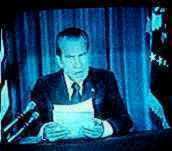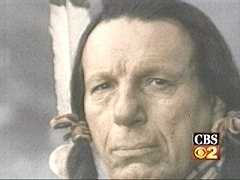By Rob Capriccioso
Barack Obama: It’s taken this “One Who Helps People Throughout the Land”–his adopted Crow name–just three years to show that he’s seriously committed to taking action on Indian issues, brokering passage of the Indian Health Care Improvement Act reauthorization, the Tribal Law and Order Act, and the $3.4 billion Cobell settlement.
Franklin D. Roosevelt: His New Deal will never be forgotten. For Natives, it included the Indian Reorganization Act of 1934, which ended the sale of tribal lands and restored ownership of unallocated lands to Native American groups. The policy helped reverse the Dawes Act’s infamous privatization of communal holdings of tribes, while returning to tribal self-governance.
Bill Clinton: He set a model for Obama, hiring Natives to work in his administration, and holding meetings with tribal leaders at the White House—both areas that the current president has taken the ball and run with. And he made some memorable commitments.
Ulysses S. Grant: This blast from the presidential past reminds us that good intentions were sometimes present in American history toward Indians—but that good federal intentions were and are not always the best for tribal interests.
Worth noting:
George H.W. Bush: When he signed the Native American Graves Protection and Repatriation Act into law in 1990, it was a pretty progressive move, especially when compared to his son who would later leave most things Indian alone.
John F. Kennedy: JFK and his brothers, Bobby and Teddy, are remembered fondly by many Natives due to their push for Indian education initiatives, as well as Bobby’s campaign visit to Pine Ridge Reservation in 1968 just before his assassination.
Jimmy Carter: He signed the American Indian Religious Freedom Act into law in 1979, saying, “It is a fundamental right of every American, as guaranteed by the first amendment of the Constitution, to worship as he or she pleases.”
By Gale Courey Toensing and ICTMN Staff
Andrew Jackson “was a forceful proponent of Indian removal,” according to PBS. Others have a less genteel way of describing the seventh president of the United States.
Dwight Eisenhower: President Dwight Eisenhower, the World War II hero who served as President from 1953 until 1961, was an early advocate of consultation. On August 15, 1953, he signed into law H.R. 1063, which came to be known as Public Act 280, because he believed it would help forward “complete political equality to all Indians in our nation.”
George W. Bush: While George W. Bush was one of three presidents since 1995 to issue proclamations designating November as National American Indian Heritage Month, his understanding of tribal sovereignty is limited.
Abraham Lincoln: The majority of the United States knows Lincoln as the president who “cannot tell a lie,” and as the leader of the Emancipation Proclamation. However, if you were to ask Native Americans their perception of the great president, the image would be much darker.
Ulysses S. Grant: Grant made it on our ‘Best’ Presidents list as well. Mostly because his intentions were in the right place and something that hadn’t been seen in that time. But those good intentions can’t save him from the fact of the matter.
By Christina Berry





